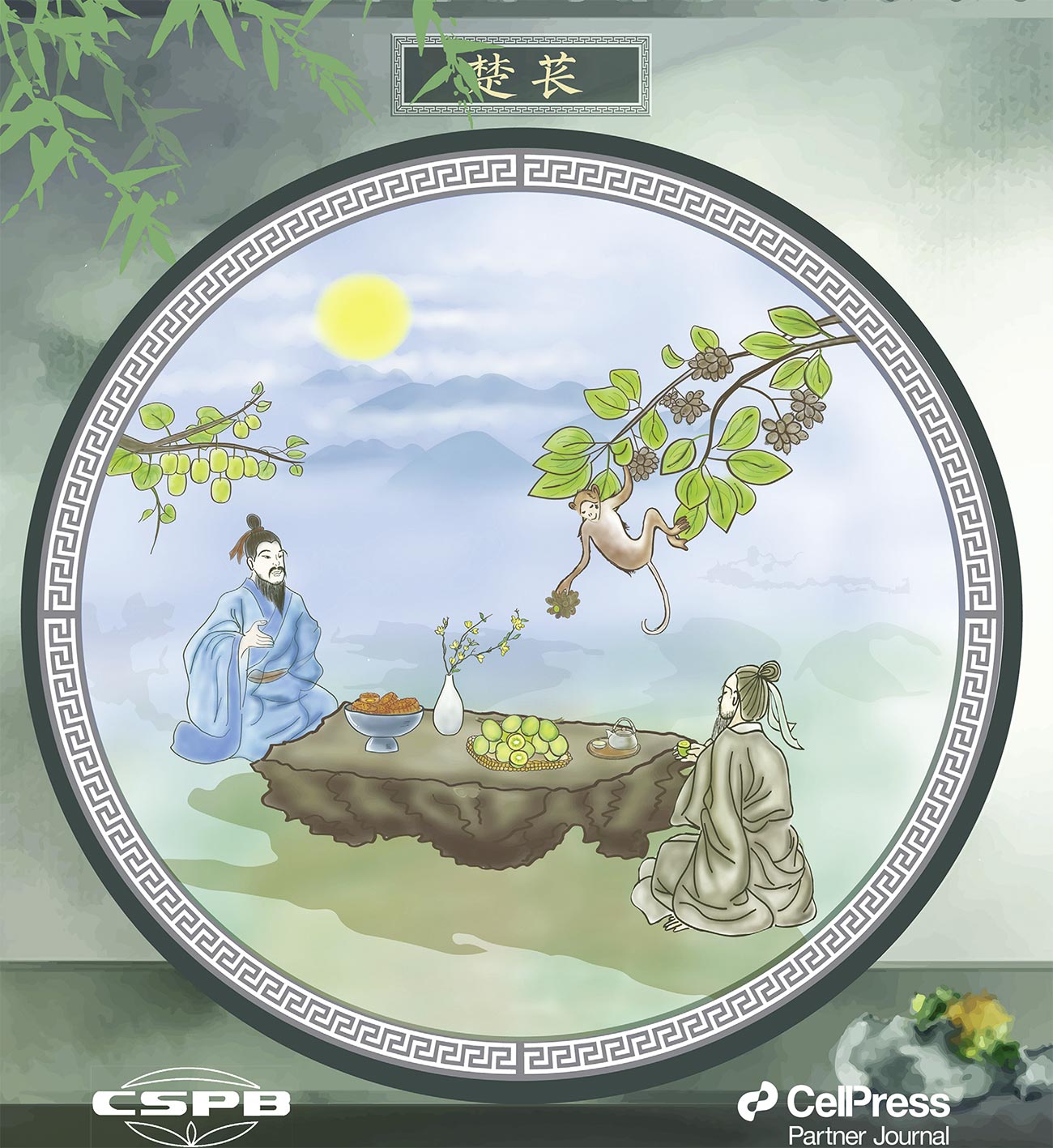Kiwifruit is a recently domesticated horticultural fruit crop with substantial economic and nutritional value, especially because of the high content of vitamin C in its fruit. In this study, we de novo assembled two telomere-to-telomere kiwifruit genomes from Actinidia chinensis var. ‘Donghong’ (DH) and Actinidia latifolia ‘Kuoye’ (KY), with total lengths of 608 327 852 and 640 561 626 bp for 29 chromosomes, respectively. With a burst of structural variants involving inversion, translocations, and duplications within 8.39 million years, the metabolite content of DH and KY exhibited differences in saccharides, lignans, and vitamins. A regulatory ERF098 transcription factor family has expanded in KY and Actinidia eriantha, both of which have ultra-high vitamin C content. With each assembly phased into two complete haplotypes, we identified allelic variations between two sets of haplotypes, leading to protein sequence variations in 26 494 and 27 773 gene loci and allele-specific expression of 4687 and 12 238 homozygous gene pairs. Synchronized metabolome and transcriptome changes during DH fruit development revealed the same dynamic patterns in expression levels and metabolite contents; free fatty acids and flavonols accumulated in the early stages, but sugar substances and amino acids accumulated in the late stages. The AcSWEET9b gene that exhibits allelic dominance was further identified to positively correlate with high sucrose content in fruit. Compared with wild varieties and other Actinidia species, AcSWEET9b promoters were selected in red-flesh kiwifruits that have increased fruit sucrose content, providing a possible explanation on why red-flesh kiwifruits are sweeter. Collectively, these two gap-free kiwifruit genomes provide a valuable genetic resource for investigating domestication mechanisms and genome-based breeding of kiwifruit.

News: http://www.pku-iaas.edu.cn/kyjz/622.html
Article: Han X, Zhang Y, Zhang Q, Ma N, Liu X, Tao W, Lou Z, Zhong C, Deng XW, Li D, He H. Two haplotype-resolved, gap-free genome assemblies for Actinidia latifolia and Actinidia chinensis shed light on the regulatory mechanisms of vitamin C and sucrose metabolism in kiwifruit. Mol Plant. 2023 Feb 6;16(2):452-470.